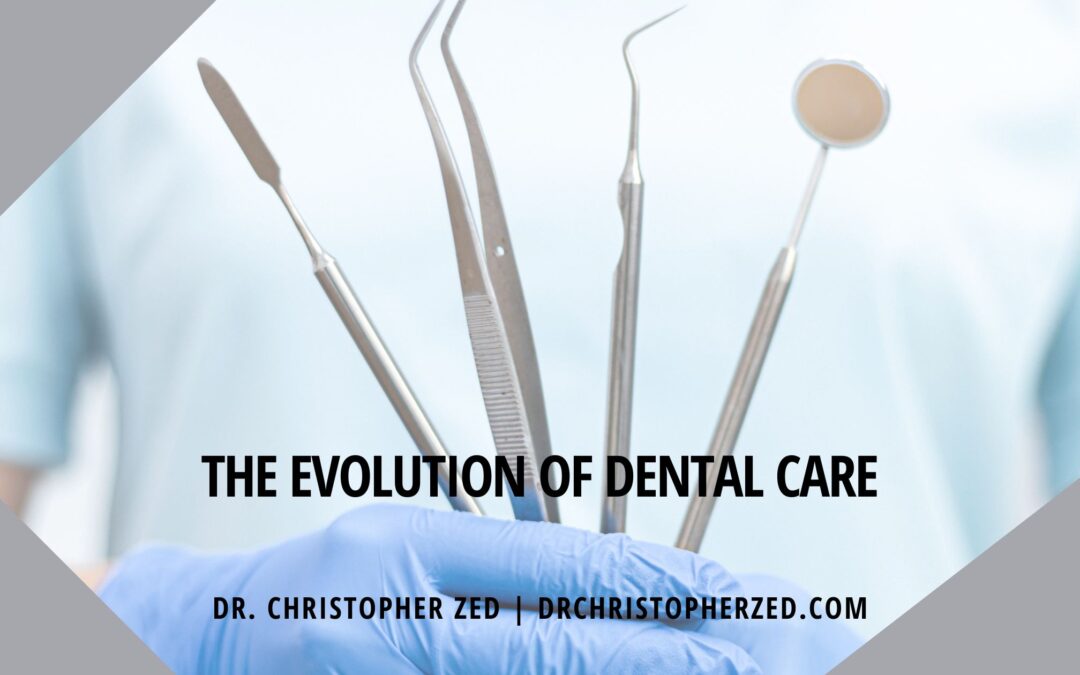The evolution of dental care is a fascinating subject, as it reflects the progress of human civilization in terms of healthcare, technology, and cultural beliefs. From ancient times to modern-day, dental care has undergone significant changes, driven by the need to alleviate dental problems and improve oral health. Let’s explore the evolution of dental care, from the earliest practices to the current state of dental science!
Ancient Times
The earliest evidence of dental care dates back to ancient civilizations like the Indus Valley civilization, where people used chew sticks made of twigs to clean their teeth. Dental care was a well-developed field in ancient Egypt, with evidence of dental procedures like filling cavities and tooth extraction. The Greeks and Romans also practiced dental care, using materials like gold and silver for fillings and dentures.
The Middle Ages
During the Middle Ages, dental care took a back seat, as the focus was on treating other illnesses like the bubonic plague. However, with the Renaissance, dental care once again became a priority. In the 18th century, the first dental textbook was published, and dentistry became recognized as a profession. The 19th century saw significant developments in dental care, with the introduction of anesthesia and porcelain for dental restorations.
20th Century
The 20th century saw a revolution in dental care, with new materials and technologies making dental procedures more comfortable and efficient. The introduction of X-rays allowed dentists to diagnose dental problems more accurately. In contrast, dental drills made it possible to perform procedures like root canals and fillings more efficiently.
21st Century
In the 21st century, dental care has continued to evolve, with the focus shifting toward preventative measures and minimally invasive procedures. Advances in technology, like digital imaging and 3D printing, have made dental procedures more precise and customized. The use of lasers for dental practices has also become more common, as they are less invasive and promote faster healing.
One of the most significant developments in modern dental care is the emphasis on preventative care. Regular dental checkups, cleanings, and fluoride treatments can help prevent dental problems from developing and progressing. Additionally, education on good oral hygiene practices, like brushing and flossing regularly, can help individuals maintain good oral health and prevent dental problems.
Another area of focus in modern dental care is cosmetic dentistry, which involves teeth whitening, veneers, and dental implants. These procedures are designed to improve the appearance of the teeth and enhance the overall smile. Cosmetic dentistry has become increasingly popular in recent years, as people emphasize physical appearance and self-confidence more.
The evolution of dental care has been a long and fascinating journey, driven by the need to improve oral health and alleviate dental problems. Dental care has come a long way from ancient practices like using twigs to modern technologies like lasers and digital imaging. Preventative care and cosmetic dentistry have become increasingly important areas of focus in modern dental care as people seek to maintain good oral health and enhance their smiles. As technology constantly advances, we can expect dental care to evolve further, with even more precise and efficient procedures being developed to improve the health and appearance of our teeth.

